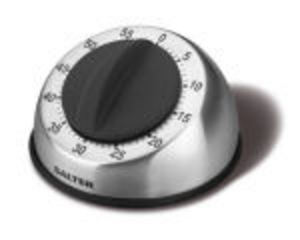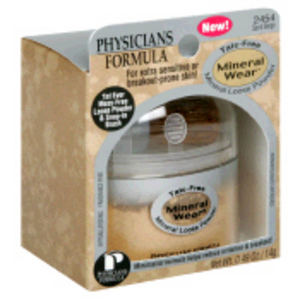If you don’t love lasagna, there’s something wrong with you. And I don’t want to hear that it’s because there’s a certain ingredient in lasagna recipes that you can’t eat or don’t like. There are so many varieties of lasagna recipes that everyone can find at least one kind to suit their specific needs and/or preferences.
Contemporary cuisine includes endless adaptations of more traditional recipes (there’s really no “original” lasagna, but it’s considered standard as a baked dish of layered pasta, tomato sauce, ground beef, and cheeses). Everything from cream sauce lasagnas to seafood lasagnas to vegetable lasagnas to rather bizarre and occasionally questionable interpretations of “lasagna” are readily available in restaurants, as are their recipes in cookbooks.
If you don’t love making lasagna, I don’t blame you. It’s a hassle, even for recipes that tout themselves as easy. Average lasagna recipes call for about an hour of preparation and 45 minutes to an hour of cooking. Deliciousness after a 2 hour ordeal–not such a great deal.
Lasagna is not the most convenient of recipes in other ways besides time required. Recipes generally make a large dish of eight to 10 servings, which isn’t ideal when cooking for one or two, or even a family of four or five (unless, of course, you have teenagers). Even serving lasagna can be a pain in the ass. It’s messy, and god forbid the lasagna structure isn’t entirely cohesive.
Below is the solution to all these lasagna problems. Bury the 2-hour recipes in your backyard and let the worms eat ’em.
Lasagna can finally claim its rightful place at your dinner table more than a few times a year. Lasagna isn’t just part of the “recipes for company” file anymore. You can easily make the exact quantity of lasagna you want and not have to worry about the precarious serving, all in 25 minutes!
The shortcut lasagna secret is to prepare and build individual servings, rather than follow recipes that call for baking a whole tray.
What does that mean? Glad you asked. It’s amazingly simple. Here’s the basic idea, which can be used as a starting point for any lasagna recipes:
In a pot of boiling water (learn more than you want to know about that here), cook 3 inch by 3 inch pasta sheets. You can buy a large sheet and cut it down, or without access to a pasta shop, just cut down packaged lasagna noodles (after cooking) to approximately this size. You’ll need three sheets per serving.
Remember to gently stir every few minutes to prevent the sheets from sticking together. Some people put a little oil in the water to prevent pasta from sticking together. This works, but it also keeps sauce from adhering to the pasta, so it’s not a great idea for this meal.
It should take about 15 minutes to bring the water to a boil and cook the pasta (it varies depending on the thickness of the sheets–thicker is better for lasagna recipes, and keep it al dente). In this time, heat a pot of tomato sauce. Sauce quantity isn’t precise, but use roughly one-quarter of a large jar per serving.
Except for the occasional stir, the pasta and sauce take care of themselves. This allows you to prepare your ground beef simultaneously. One-quarter pound is more than enough per serving. Ground beef is just one option. My favorite is to mix half ground beef with half chorizo (a somewhat spicy Spanish sausage). Use ground pork, turkey, or whatever you like. Vegetarians can steam or sautee the vegetables of their choice in lieu of meat, and even fry up some tofu.
In a large pan, sautee the ground beef. When it’s about four minutes away from finishing, throw in a quarter of a chopped medium onion and a quarter of a chopped garlic clove per serving. Or, I just use a shallot (“A wha-?” go here). If you’re really not cooking-inclined, you can use onion and garlic powders, though they add less flavor and no texture. Some sprinkled oregano, basil, and red pepper flakes are tasty additions too.
The meat will finish about the same time as your pasta and sauce. Have whatever cheeses you’ll be using on hand. For me, it’s freshly grated parmesan and mozzarella with some drained ricotta. Provolone is another good choice.
All that’s left now is to build the individual lasagna servings. Put a pasta sheet on a plate, and spread some sauce, meat and cheese onto it. Lay another sheet down on top, and add the other ingredients again. Put the third, top sheet on and just spread a little sauce and grated cheese over it.
Presentation extras: I spread a thin layer of sauce as a bed in a big circle on the plates first. I also stick a fresh basil leaf on top of each lasagna serving. If you tightly roll basil leaves up and then chop thin strips, you’ll get attractive circular strands you can sprinkle around the edge of your plates too.
That’s all there is to the secret of 25-minute lasagna. As I said, this is a basic guide with which you can make just about any lasagna recipes. It’s quick, easy, and provides control over how many portions are made. But most importantly, it’s delicious lasagna. Enjoy!







